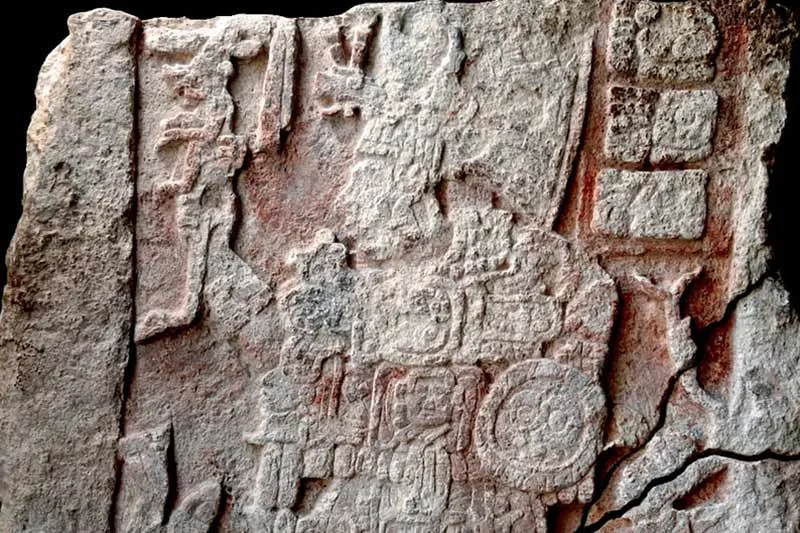Archaeologists say they've found the long-lost capital of an ancient Maya kingdom near the border between Mexico and Guatemala.
The Sak Tz'i' kingdom was home to between 5,000 and 10,000 people in what is now Chiapas, Mexico, from about 750 BCE to 900 AD, Brandeis University associate professor of anthropology Charles Golden told CNN.
The kingdom wasn't particularly powerful and was surrounded by some of the superpowers of the day, Golden said. He said the Sak Tz'i' kingdom was frequently mentioned in inscriptions found in other cities.
"The reason we know about the kingdom from the inscriptions is because they get beat up by all these superpowers, their rulers are taken captive, they're fighting wars, but they're also negotiating alliances with those superpowers at the same time," he said.
Read MoreBuenavista at ground level. Building such sites likely entailed hundreds of people digging and carrying baskets of dirt.“The mass of earth moved is unbelievable,” said Daniela Triadan, an anthropologist at the University of Arizona. “These people were doing some crazy stuff.”CreditTakeshi Inomata
Read More“More than half the temple is still to be excavated,” notes Marcello A. Canuto, co-director of the project and Director of Tulane University’s Middle American Research Institute. “This is a beautifully preserved stucco mask from one of the early periods of this interesting site.”
Read MoreTake a closer look, and you may notice that most of these hills are arranged in massive rings, like travelers huddled around a fire on a cold night. An even closer look reveals that parts of the hills are made of cut stone, and some have tunnels carved into their sides. In fact they’re not hills at all but ancient pyramids, left to decay after the collapse of the Maya civilization a millennium ago.
Read MoreWalk into any archaeologist’s laboratory and you’re likely to see bags of broken pottery. Walk into Bárbara Arroyo’s laboratory in a warehouse on the edge of the ruins of Kaminaljuyú in Guatemala City and you’ll find bags containing millions of pottery sherds, stacked almost to the ceiling. Millions more sit in the vaults of the National Museum of Archaeology and Ethnology a few miles away. Outside Arroyo’s laboratory, she and her team have dumped thousands upon thousands more ancient ceramic scraps into a large hole. “They can’t take any more at the museum,” she says with a shrug, gesturing out a window at the overflowing pit
Read More




